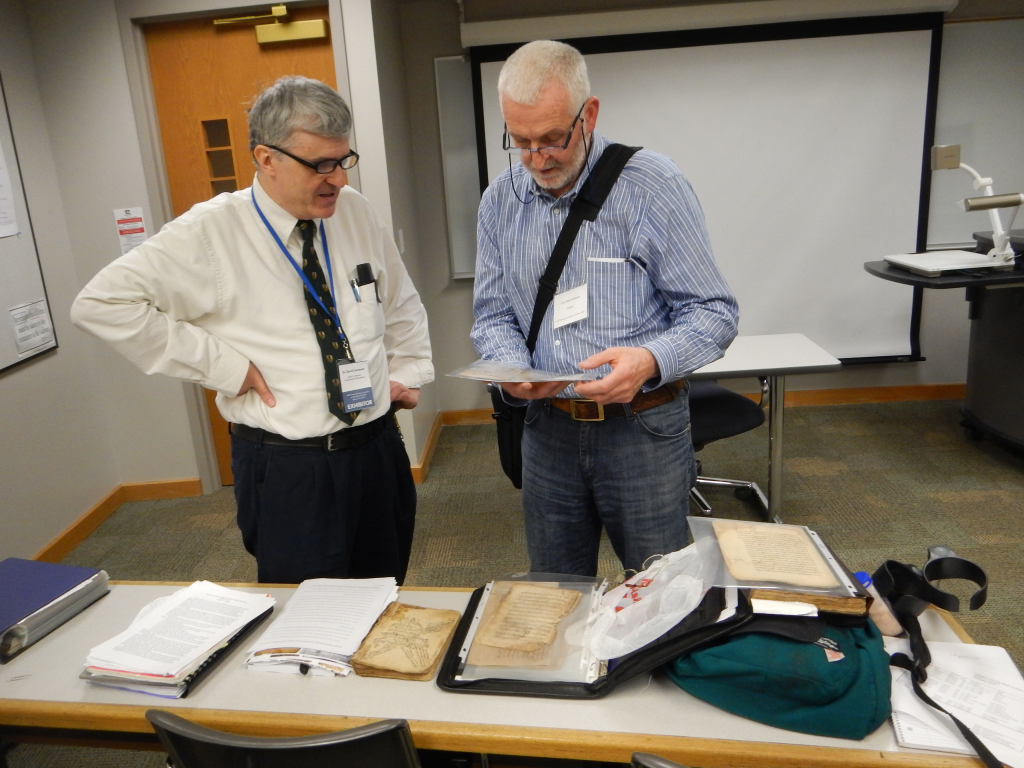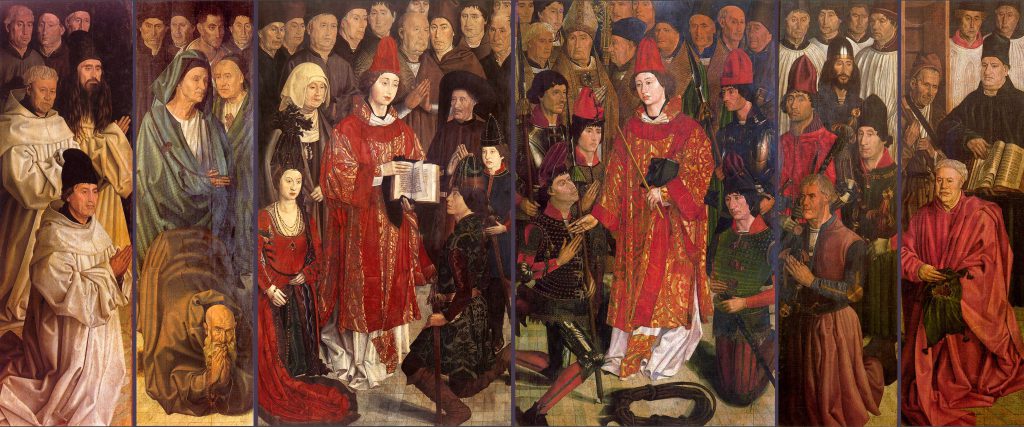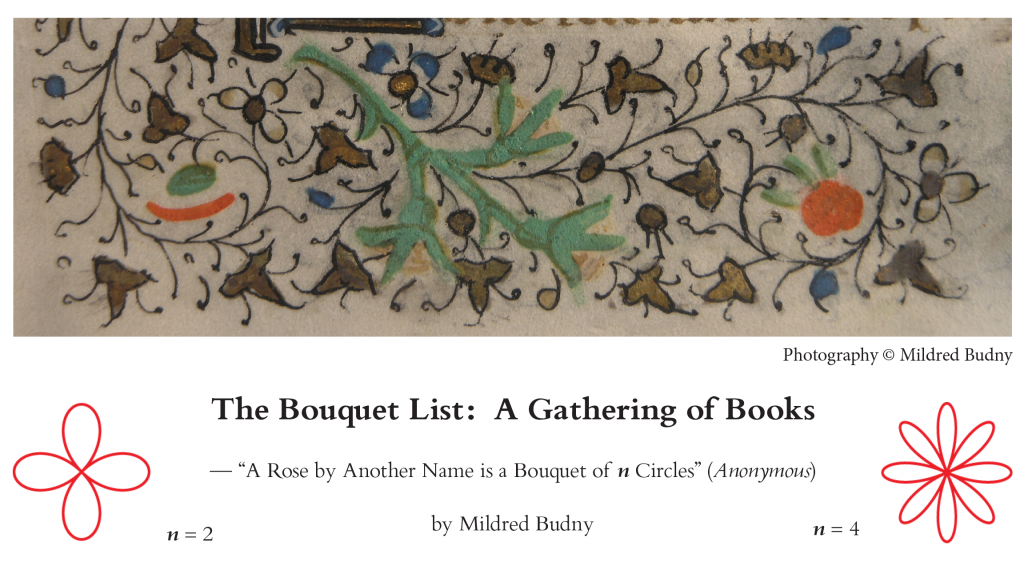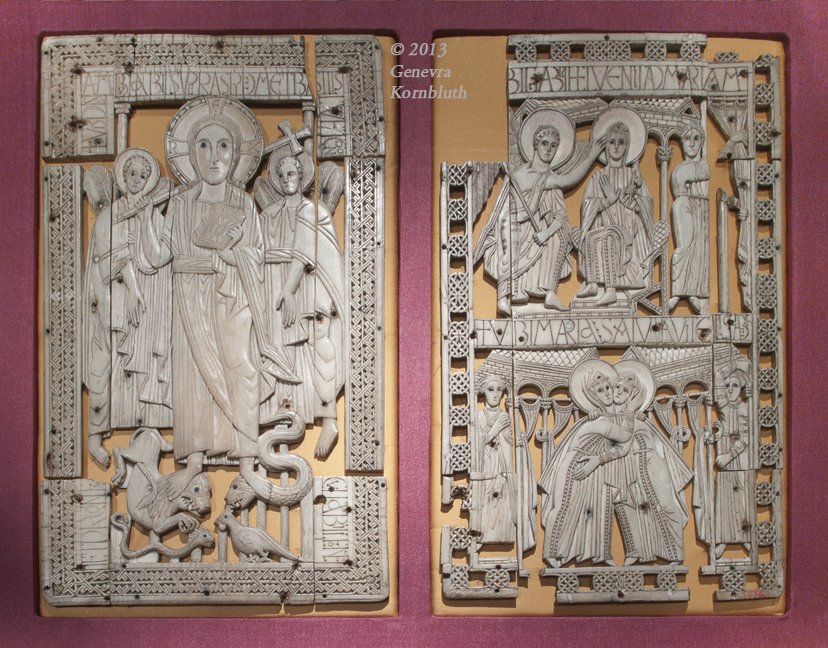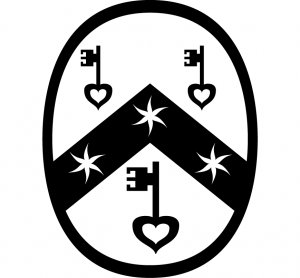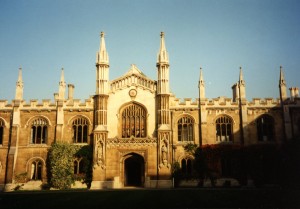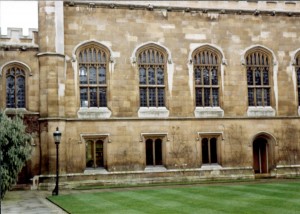2023 Spring Symposium: “From the Ground Up”
January 12, 2023 in Conference, Conference Announcement, Manuscript Studies, RGME Symposia

“From the Ground Up”. Photograph Ⓒ Mildred Budny.
2023 Spring Symposium
“From the Ground Up”
Part 1 of 2 in the
2023 Spring and Autumn Symposia
on “Materials & Access”
[Posted on 12 January 2023 , with updates]
With its chosen Theme of “Materials & Access” for the Year 2023, the Research Group prepares a pair of Symposia, continuing its expanded pattern of paired day-long virtual Spring and Autumn Symposia launched in 2022. Until then, RGME Symposia had occurred on occasion at one per year, sometimes annually and sometimes at intervals. Whereas previously they occurred in person, at various centers (like the 2020 Spring Symposium, which had to be cancelled on account of lockdown for Covid), the Symposia in 2022 and 2023 take place online by Zoom.
This year, the Spring and Autumn Symposia will take place by Zoom on:
- Saturday, 25 March 2023
- Saturday 21 October 2023 (“The Sweetest Day” 2023)
And There’s More
In a further expansion, the 2023 Spring Symposium will be preceded by a half-day Pre-Symposium which presents a series of Lightning Talks. They will emerge from the Call for Proposals, issued on 10 January 2023, with a deadline of 12 February 2023.
Following that deadline, the Program of Talks for the Pre-Symposium has been selected and is now announced.
The New Ensemble: Pre-Symposium and Symposium
This year, with the Theme of “Materials and Access”, we not only prepare a pair of Symposia, but also extend the Spring Symposium with an accompanying ‘Pre-Symposium’ of Lightning Talks on the afternoon before. Selected through a Call for Proposals, these Talks explore the challenges of “Intrepid Borders: Marginalia in Medieval and Early Modern Books”. The plan for such sessions, their subject, the Call for Proposals, and the selected Program for the Lightning Talks are due to the initiative, enthusiasm, and organizational expertise of Jessica L. Savage and her co-organizers Katharine C. Chandler and Jenifer Larson. The fresh combination of exploratory Lightning Talks on Friday and the invited Symposium Presentations on Saturday opens our Symposia more widely.
The extended Symposium presents new and cumulative work, with reports of discoveries, work-in-progress, and collaborative projects. Some build upon work presented for the Symposia in 2022 (2022 Spring Symposium on “Structures of Knowledge” and 2022 Autumn Symposium on “Supports for Knowledge”).
We consider evidence from the medieval to modern periods and across a wide geographical, historical, and cultural range, both Western (Europe and North America) and non-Western (Ethiopia, Yemen, and Western India). From multiple centers, the Symposium plus Pre-Symposium gathers specialists, teachers, students, collectors, and others engaged or interested in activities relating to manuscripts, printed books, other media, and mixtures of them.
Program Booklet
To accompany the event and celebrate its contributors, we publish a combined Pre-Symposium/Symposium Program Booklet, with Abstracts of Presentations and companion Images. See below for information how to receive a copy in print or by download on this site.
*****
2023 half-day Pre-Symposium and full-day Symposium (online)
I. “Pre-Symposium of Lightning Talks” on Friday afternoon 24 March 2023
“Intrepid Borders:
Marginalia in Medieval Manuscripts and Early Modern Books”
A Virtual Lightning Talks / Half-Day Symposium
of the Research Group on Manuscript Evidence
Co-Organized by Katharine C. Chandler, Jennifer Larson, and Jessica L. Savage
2023 RGME ‘Pre-Symposium’ on “Intrepid Borders”
Registration for this event is required, and can be made through its portal:

Baltimore, Walters Art Museum, MS. W.148, folio 33v, bottom. Image via Creative Commons.
II. Symposium on Saturday 25 March 2023
“From the Ground Up”
Following the models of the 2022 Spring and Autumn Symposia, the 2023 Spring and Autumn Symposia will showcase some of our ongoing series of subjects, as well as introduce new ones. We explore challenges and opportunities for approaching and accessing materials of many kinds in the history, production, transmission, study, and display of manuscripts and books, across time and place.
Registration for this event can be made through its portal:
Speakers, Respondents, Presiders, and Moderators (in alphabetical order):
- Linde M. Brocato, Mildred Budny, Katharine C. Chandler, Hannah Goeselt, Justin Hastings, Zoey Kambour, Atria A. Larson, Jennifer Larson, Ann Pascoe-van Zyl, Ronald Patkus, Jaclyn Reed, David W. Sorenson, and others.
Occasion:
This Symposium occurs on 25 March, a day for, among other celebrations, the liturgical Feast of the Annunciation. (See below.) This manuscript image represents the decisive event with a rich interior, landscape exterior and inhabited foliage in the margins, and bookish features such as a speech scroll and an opened book on a table at the back.

Baltimore, The Walters Art Museum, MS M.269, folio 16r. Book of Hours, France, circa 1460. Image courtesy The Walters Art Museum by CC0 License via https://www.thedigitalwalters.org/Data/WaltersManuscripts/html/W269/.
Program
Saturday 25 March 2023
9:30 am – 5:00 pm EDT (GMT-4) online by Zoom
with registration through Eventbrite
via 2023 RGME Spring Symposium “From the Ground Up”
Session 1. “Laying the Groundwork”
9:30 – 11:00 am EDT (GMT -4)
Welcome and Introduction
Mildred Budny (Director, Research Group on Manuscript Evidence)
Opening Keynote Presentation
Linde M. Brocato (Cataloging & Metadata Librarian, University of Miami Libraries)
“Grounding the Work, Making the Book”
Presider: Mildred Budny
Coffee Break
11:15 – 11:30 am EDT
Session 2. “The Lay of the Land”
11:30 am – 1:00 pm EDT
Presider: Jennifer Larson (Department of Classics, Kent State University)
Ann Pascoe-Van Zyl (School of English, Trinity College, Dublin)
“Landscape and the Mind in Exile: Four Old English Elegies”
Justin Hastings (The John Dickinson Writings Project, University of Delaware)
“The Horatian Ground of John Dickinson’s Farmer Persona”
Hannah Goeselt (Library and Information Science (MS): Cultural Heritage Informatics, Simmons University, Boston)
and
Zoey Kambour (Post Graduate Fellow in European & American Art at the Jordan Schnitzer Museum of Art at the University of Oregon)
“Where Are We Now? Informal Updates since Last Year’s RGME Symposia”
Lunch Break
1:00 – 1:45 pm EDT
Session 3. “Materials & Margins”
1:45 – 3:15 pm EDT
Presider: Jaclyn Reed (Department of English and Writing Studies, University of Western Ontario)
Atria A. Larson (Associate Professor of Medieval Christianity, Saint Louis University)
“Gallery of Glosses:
An NEH-Funded Digital Humanities Project that Cultivates Scholarly Attention to Manuscript Margins”
David W. Sorenson (Allen G. Berman, Professional Numismatist)
“Examples of Paleography and Paper in dated Jain Manuscripts of the 15th through 19th Centuries”

Private Collection, Jain manuscript on paper, dated Vikrama Samvat (VS) 1552 = AD 1496 by colophon.
Tea Break
3:15 – 3:30 pm EDT
Session 4. “The Living Library (Part III):
Manuscripts & Collections as Sources for Teaching & Research”
3:30 – 5:00 pm EDT
Presider: Justin Hastings
Ronald Patkus (Head of Special Collections
and Adjunct Associate Professor of History on the Frederick Weyerhaeuser Chair, Vassar College)
“Nicholas B. Scheetz’s Medieval and Renaissance Manuscripts at Vassar:
A Teaching Collection for a Teaching Collection”
Katharine C. Chandler (Special Collections and Serials Cataloger, University of Arkansas Libraries)
“Sister Manuscripts from the Carthusian Monastery of Chartreuse de Champmol”
Concluding Remarks:
Mildred Budny (Director, Research Group on Manuscript Evidence)
“Material Grounds for Teaching, Study, and Varieties of Access”
*****
In keeping with the 2023 Theme of “Materials & Access” and the focus of attention in the Spring Symposium “From the Ground Up”, we may celebrate the emergence of fresh shoots and blooms as Winter turns to Spring, and the earth revives its cycle of growth and renewal.
We note that the date selected for this Spring Symposium, 25 March, represents the celebration of, among other things, the Feast of the Annunciation in the Christian liturgical calendar and the occurrence of the spring (or vernal) equinox (see also March equinox.
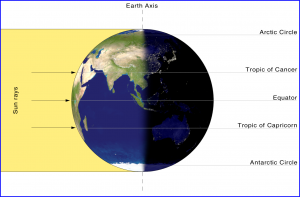
Depiction of the llumination of Earth by the Sun on the Spring or Autumn Equinox (Vernal and Autumnal) Image by Przemyslaw “Blueshade” Idzkiewicz via cc-by-sa license.
This is the second time that a RGME Spring Symposium included the date of 25 March in its events stretching over more than one day. See the 2012 Symposium on “Words and Deeds” Report for our Symposium on 25–26 March 2016 at Princeton University.
We thank the contributors and advisers for help in organizing this event, as well as its new companion the Pre-Symposium.
- 2023 RGME ‘Pre-Symposium’ on “Intrepid Borders”
- 2023-spring-symposium-from-the-ground-up (You are Here)
*****
Registration
Registration for the Pre-Symposium and the Spring Symposium is required for each event.
Registration for these events can be made through their portals:
- “Intrepid Borders” Pre-Symposium for 2023 Spring Symposium
- 2023 RGME Spring Symposium “From the Ground Up”

The blooms of Snowdrops emerging “From the Ground Up”. Photograph Ⓒ Mildred Budny.
The Program Booklet
Printed copies of the 2023 Spring Symposium Program Booklet can be distributed on request to participants and others. If you wish a printed copy, please contact please contact director@manuscriptevidence.org and provide your mailing address.
The digital version can be downloaded freely here. We provide two formats, or ‘flavors’, of the digital Program Booklet, in consecutive pages and as a foldable booklet. The choice depends upon your printing facilities and preferences. Experience shows that the choice can be helpful.
- Consecutive Pages (quarto size, or 8 1/2″ × 11″ sheets)
consecutive pages - Foldable Booklet (11″ × 17″ sheets), to be folded in half, producing a nested group of bifolia
foldable booklet
Please note that some images are included in the booklet through the License or Contract stipulating their reproduction for this publication alone. We ask you to respect these conditions.
We thank the contributors, private collectors, and institutions for the images and the permission to reproduce them. We wish also to extend thanks to these individuals, for their extra efforts in this quest: Ágnes Kelecsényi and Judit Jabloknay of the Library of the Hungarian Academy of Sciences; and Graham Fereday and Gary Stringer of the Digital Humanities – Library and Culture Services of the University of Exeter; Exeter Cathedral Library.
Thanks also are due to the authors, photographers, owners and providers of photographs, organizers, compilers, editors, copy-editors, images and permissions researcher, typesetter, layout designer, proof-readers, printer, web-editor, and others.
That most of these tasks required for producing and publishing the booklet are carried out — and to the level of proficiency manifested on the pages — by one or two volunteers is a tribute to the collegial collaboration and dedication of our nonprofit educational organization, which has no paid staff whatsoever, and which has a shoestring budget. That budget is itself the product almost entirely of the generosity of volunteer donations, year by year.
These results can be accomplished mostly because of the pro-bono donations by so many contributors, who help to make the events possible, and for whom we give steady thanks.
*****
2023 RGME Events
Other Events are planned for the Year. See
- “The Research Group Speaks”: The Series
- 2023 International Congress on Medieval Studies: Program for Thursday 11 to Saturday 13 May 2023
- 2023 Autumn Symposium “Between Earth and Sky”
Registration here: 2023 Autumn Symposium Tickets for Saturday 21 October 2023 by Zoom
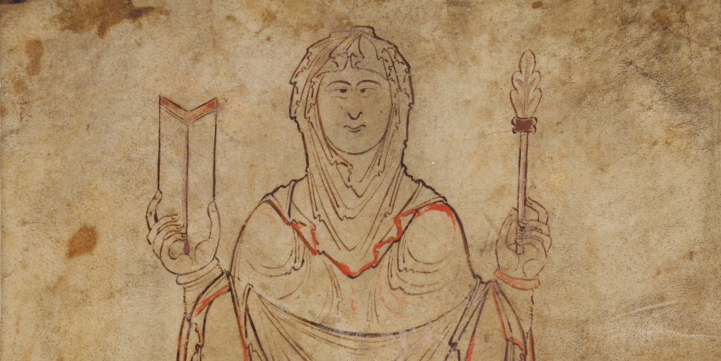
Trinity College, Cambridge, MS O.3.7, fol. 1r, top. Philosophy Personified, with book and scepter. Frontispiece figure for Boethius’ Consolation of Philosophy. Image via CC 4.0 International License, via https://mss-cat.trin.cam.ac.uk/Manuscript/O.3.7. Image cropped here to detail (unchanged otherwise).
Suggestion Box
Please Contact Us or visit:
- our FaceBook Page
- our Twitter Feed (@rgme_mss)
- our Blog on Manuscript Studies and its Contents List
Donations and contributions, in funds or in kind, are welcome and easy to give. See Contributions and Donations.
We look forward to hearing from you.
*****
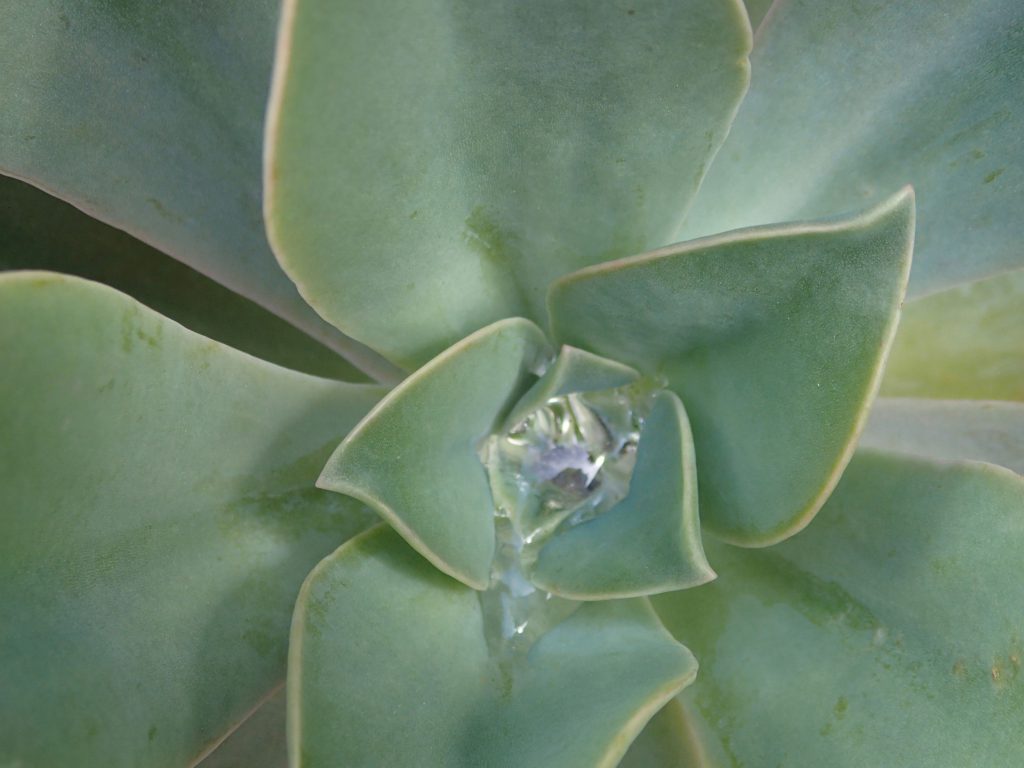
“Centered”. Photograph Ⓒ 2014 Mildred Budny.
*****






